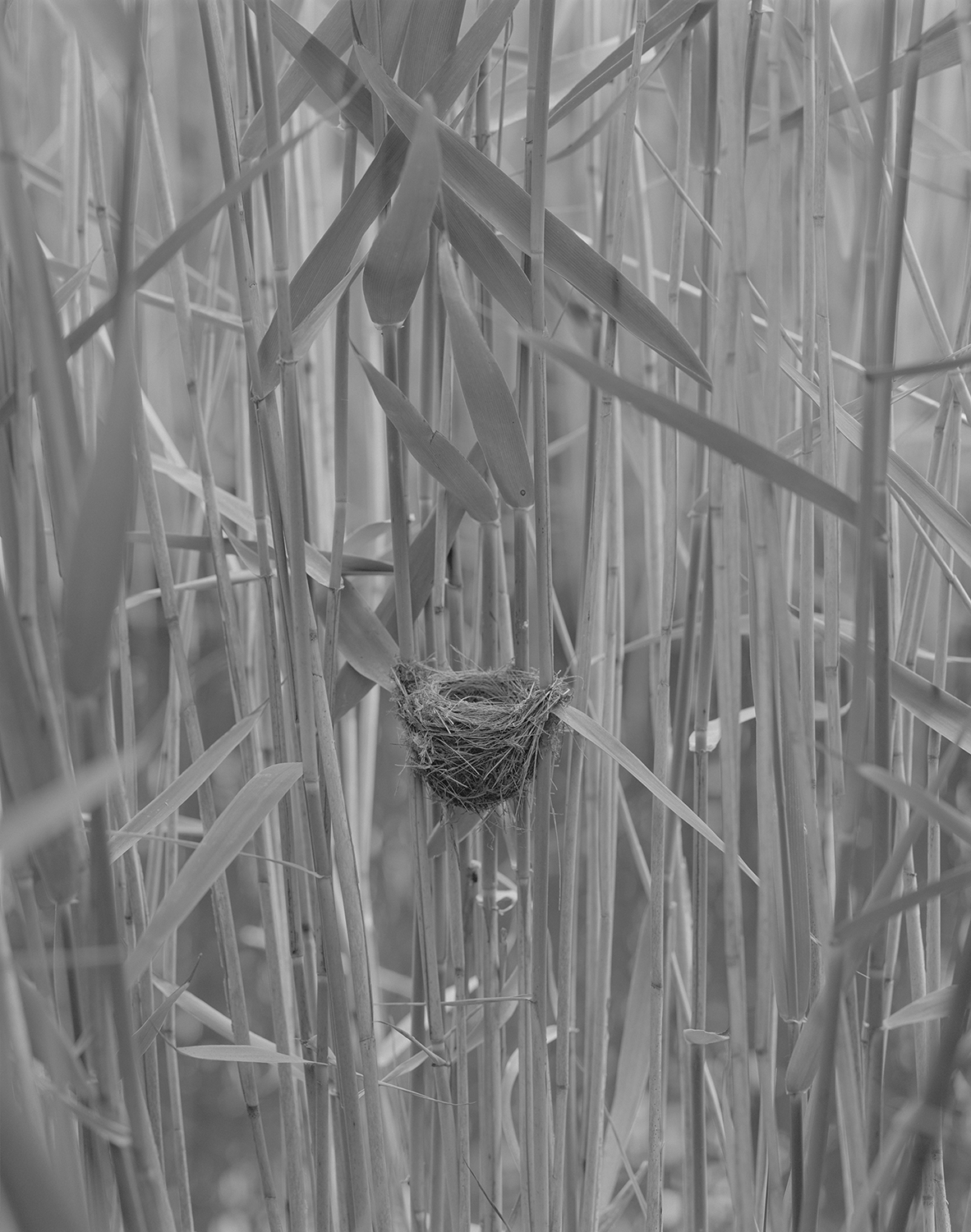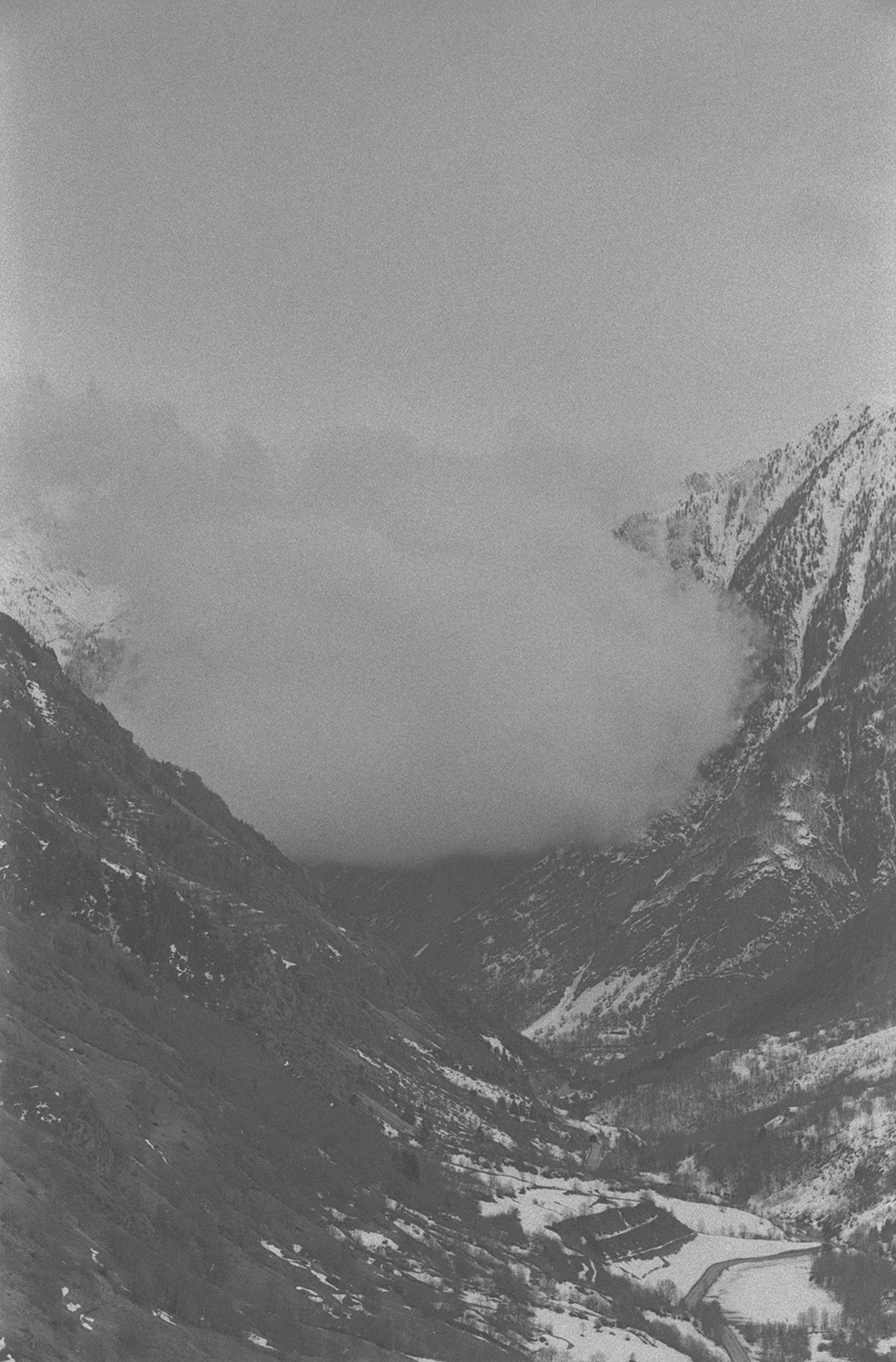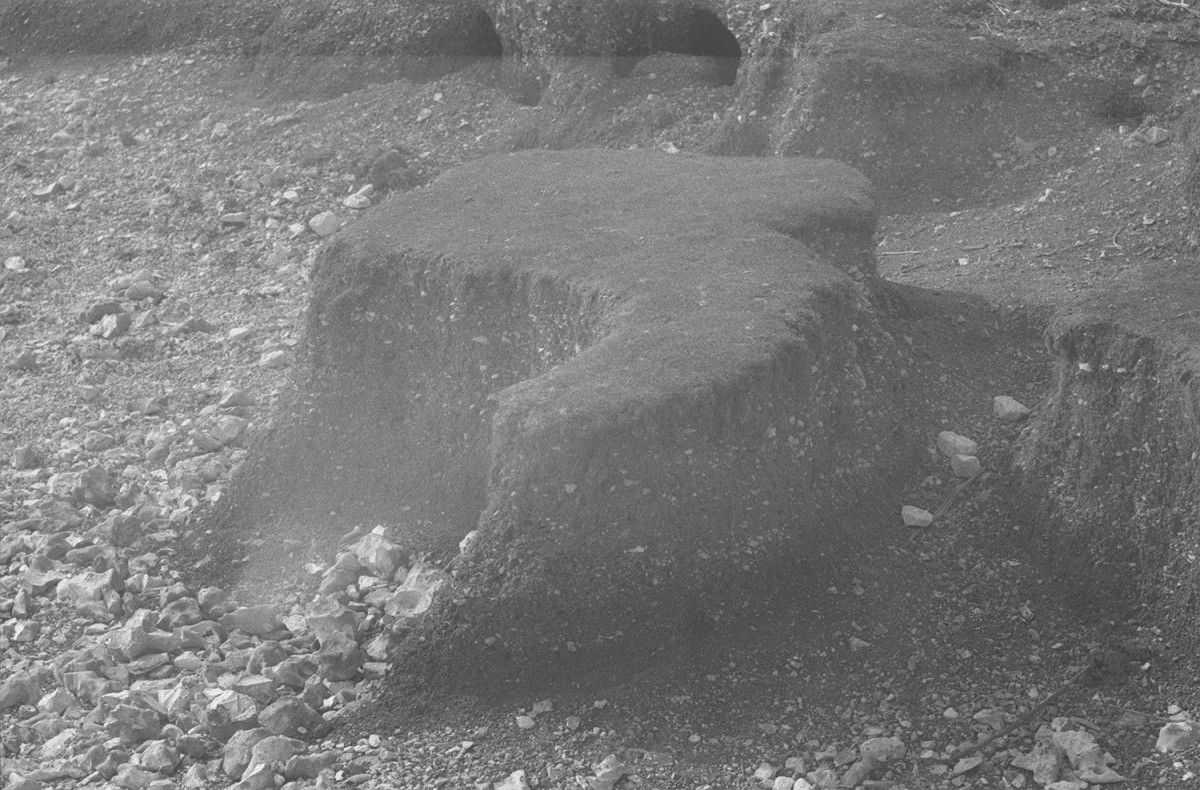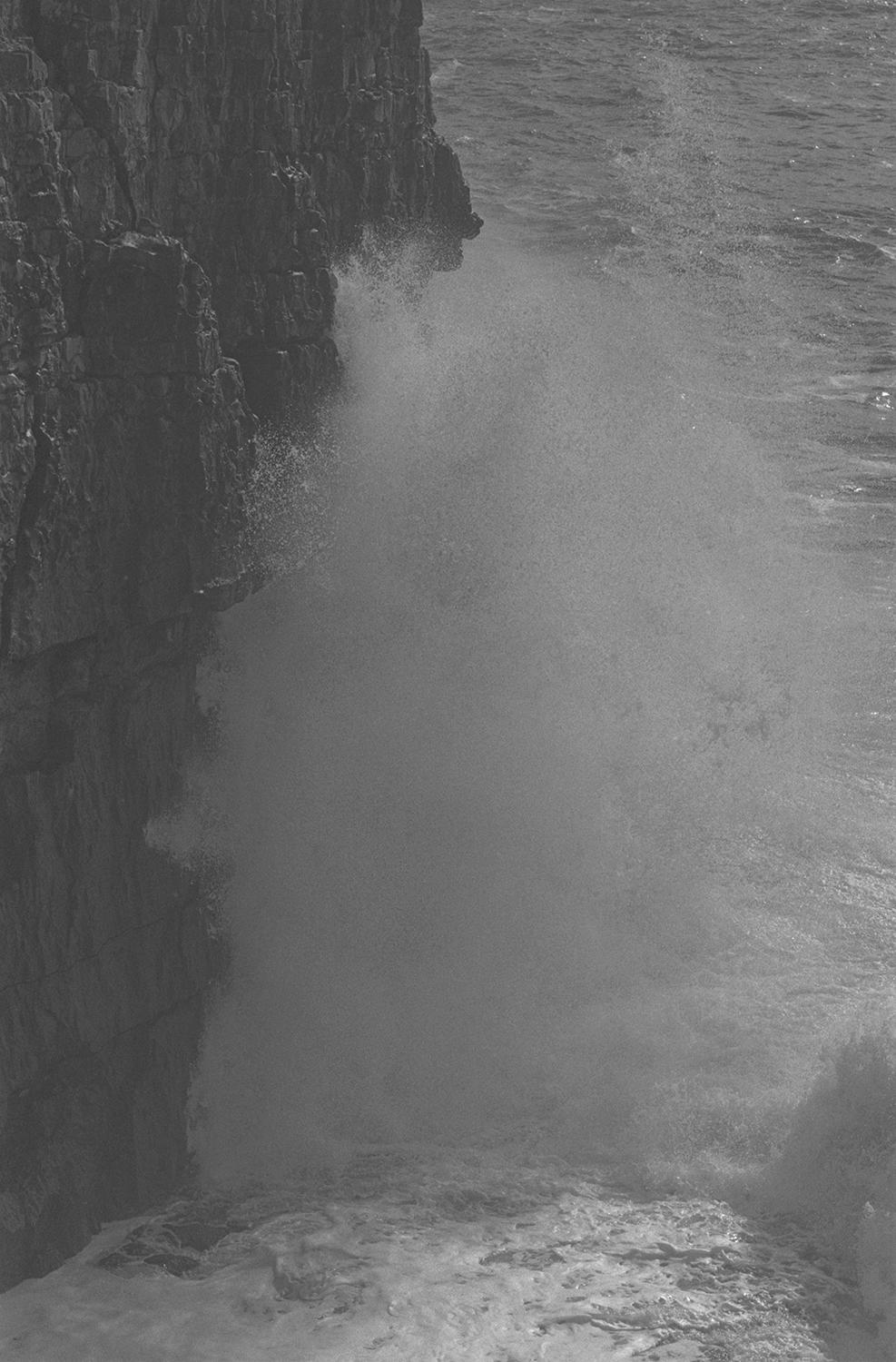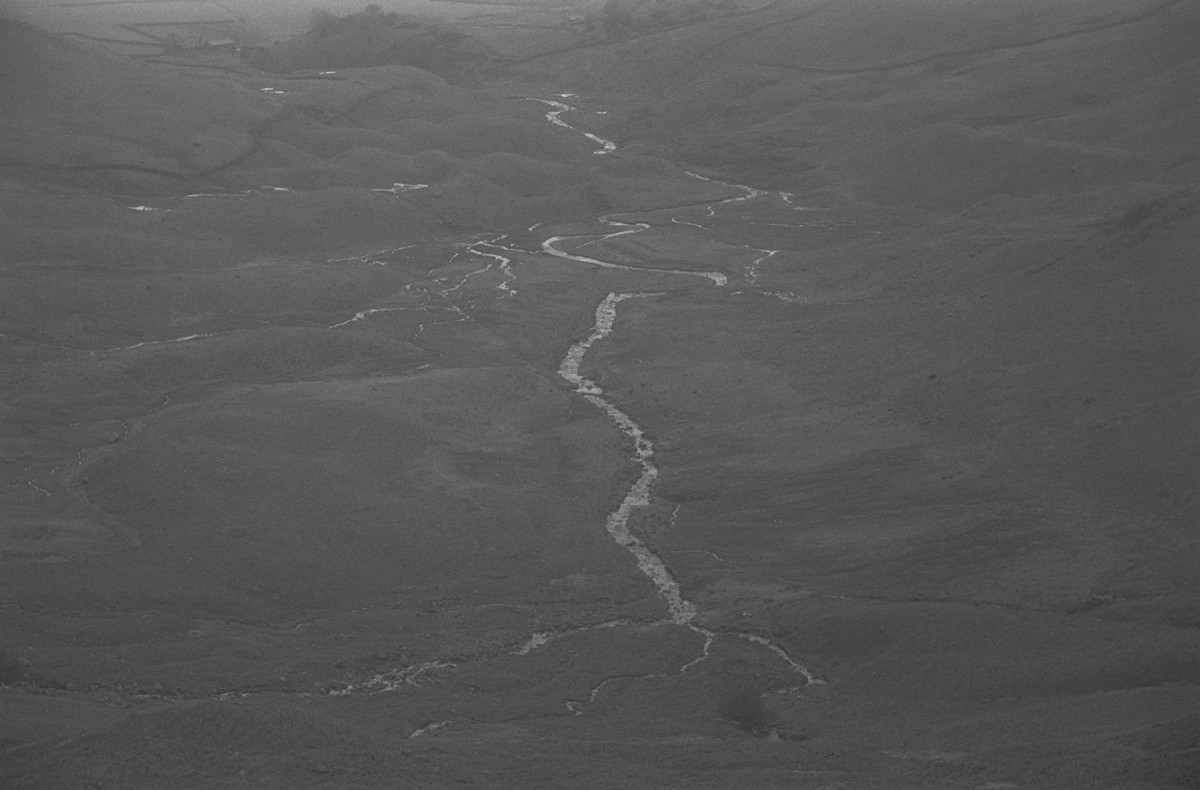A resource using photography as a creative tool for studying animal behaviour, the environment and human impact inspired by the work of Sam Laughlin.
Part of Jerwood/Photoworks Awards 2
Introduction
In Biology, interdependence describes complex ecologies, biodiversity and how living things depend on each other for survival. Food chains, and competition for resources within specific ecosystems are one example of this, but interdependence is much wider and complex, and very much concerns environmental issues and human impact on the environment.
Sam Laughlin’s series A Certain Movement is a subtle meditation on the state of the intricacies of the natural world marginalised by human activities. The study of animals and their relationship to each other and their environment is a key theme within his work. Sam has worked with biologists to research animal behaviour and is interested in interdependence.
Beyond Wildlife Photography
Sam is interested in natural processes, in particular animal behaviours and the ways in which animal behaviour is manifested in the landscape. However, Sam is keen not to be considered a traditional wildlife photographer, describing his photographs as the antithesis to David Attenborough and his often exotic, awe-inspiring films. Working mainly in black and white, the work is subtle, sensitive and quiet, avoiding dramatization or spectacle and any cliches of wildlife photography.
“Subtlety is key to my works”
Sam Laughlin
Behavioural Patterns
Sam’s work examines nesting, migration and other behavioural patterns, closely observing how this behaviour quietly disrupts or affects the natural landscape, and physically shapes the environment. He photographs mainly UK species that are considered quite commonplace, yet are often overlooked and actually threatened by human actions. His work can be seen as a comment on environmental issues such as loss of habitat and urbanisation.
Sam spends a lot of time scouting for his animal subjects before returning with his equipment to photograph. The work reveals his interest in the processes that lie behind what he photographs. For example, his photographs of nests explore the patterns and intricacies of nesting behaviour.
I. Initial glance
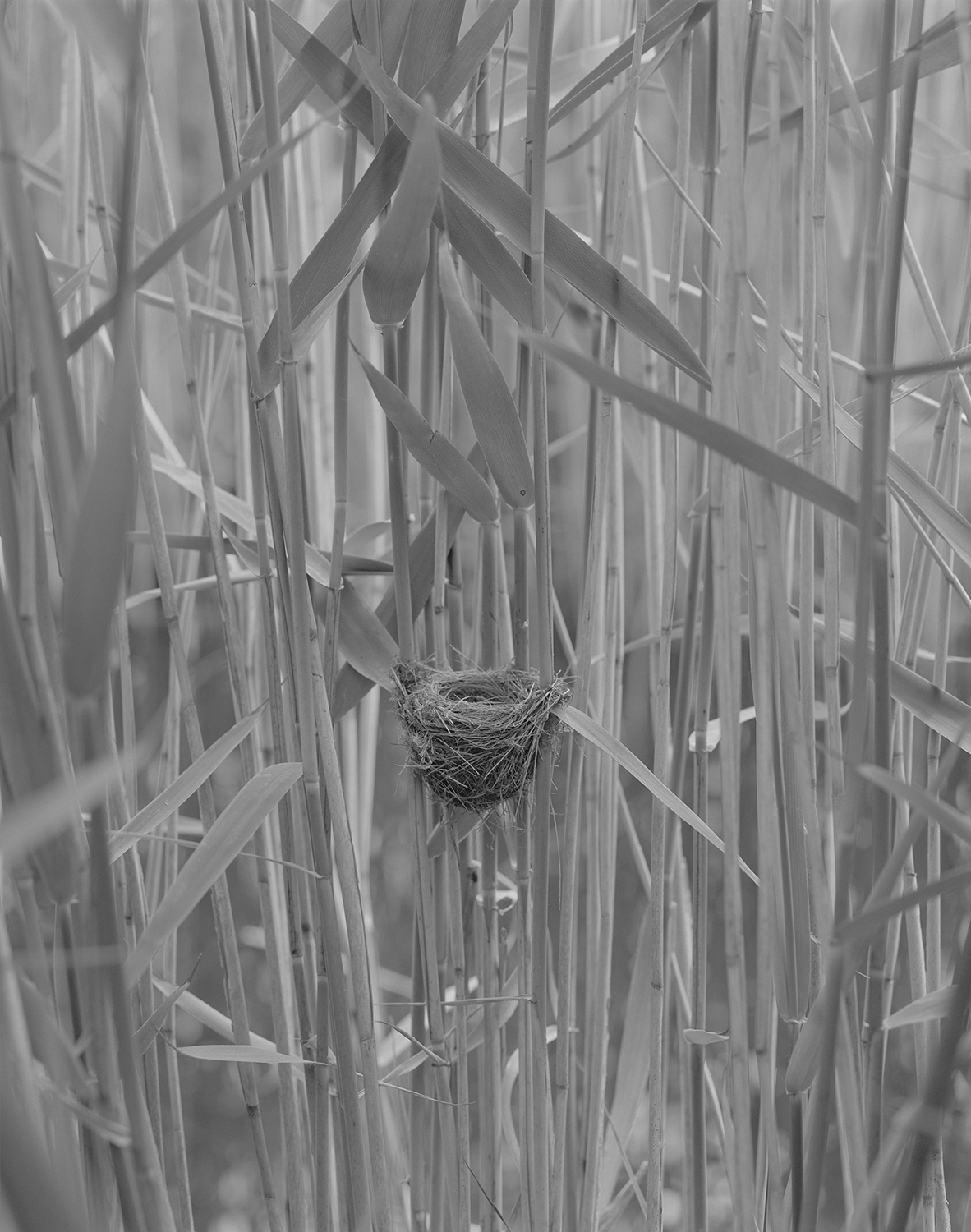
Before discussing the work, ask each student to write down three words in response to the photographs.
Work in silence to group the words then open up a discussion to identify any common and/ or unusual interpretations of the work.
Discuss the work with students:
Why are all of Sam’s photographs black & white?
What do Sam’s images have in common with each other (e.g. seeking patterns in nature, animal habitats)?
Name some of the different animal behaviours Sam has observed through his work (e.g. nesting).
How do Sam’s photographs differ from traditional wildlife photography?
II. Looking Closer
Select an image, then look more closely by answering these questions:
How do you think this photograph was made?
How can you tell?
Is it big or small?
Is it part of a series?
Is it black & white, or colour?
What is it printed on? Is it framed or mounted?*
Does it challenge how you expect a photograph to be presented?*
*To answer these questions watch the virtual exhibition tour
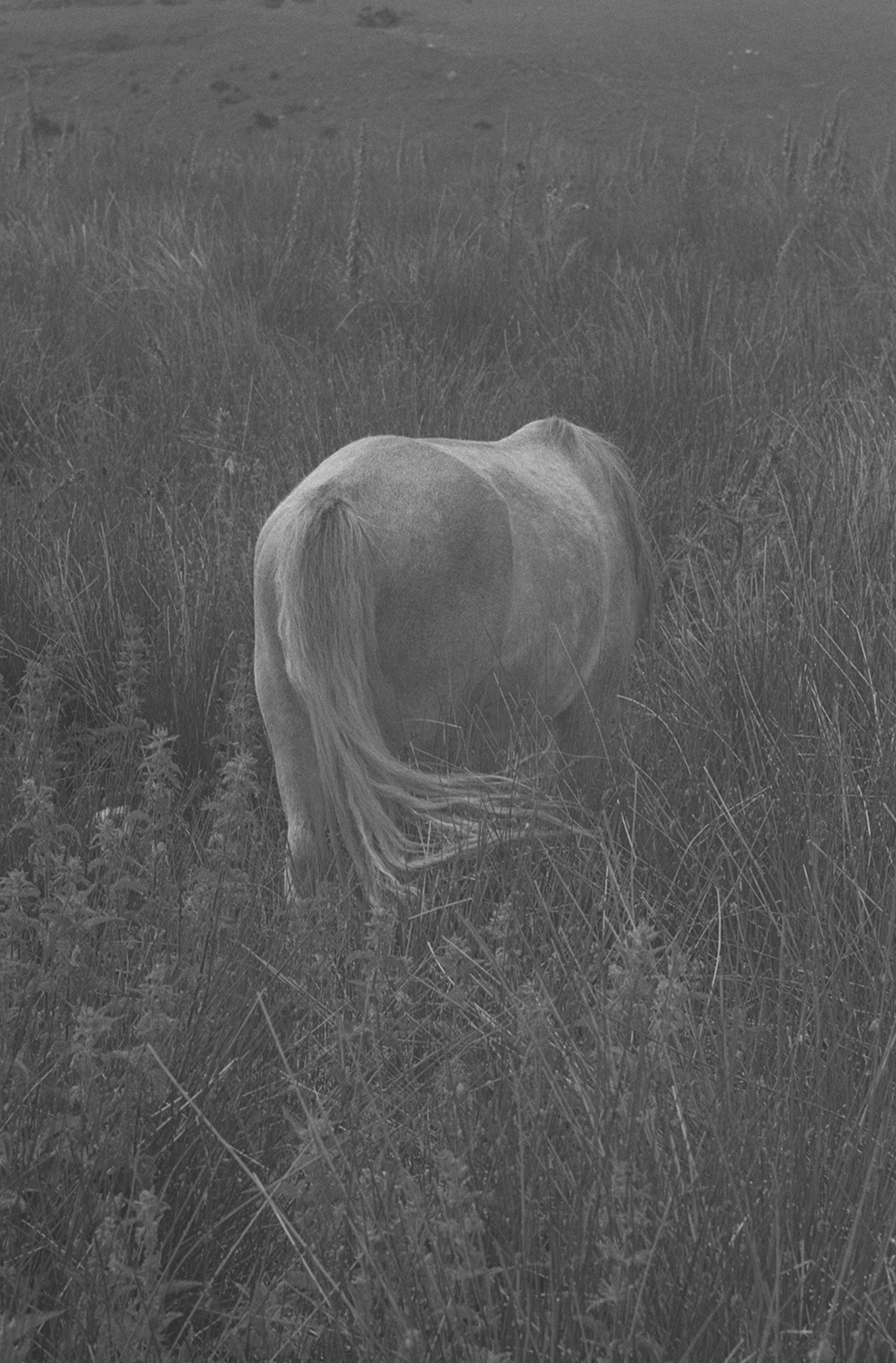
III. Sensory Exploration
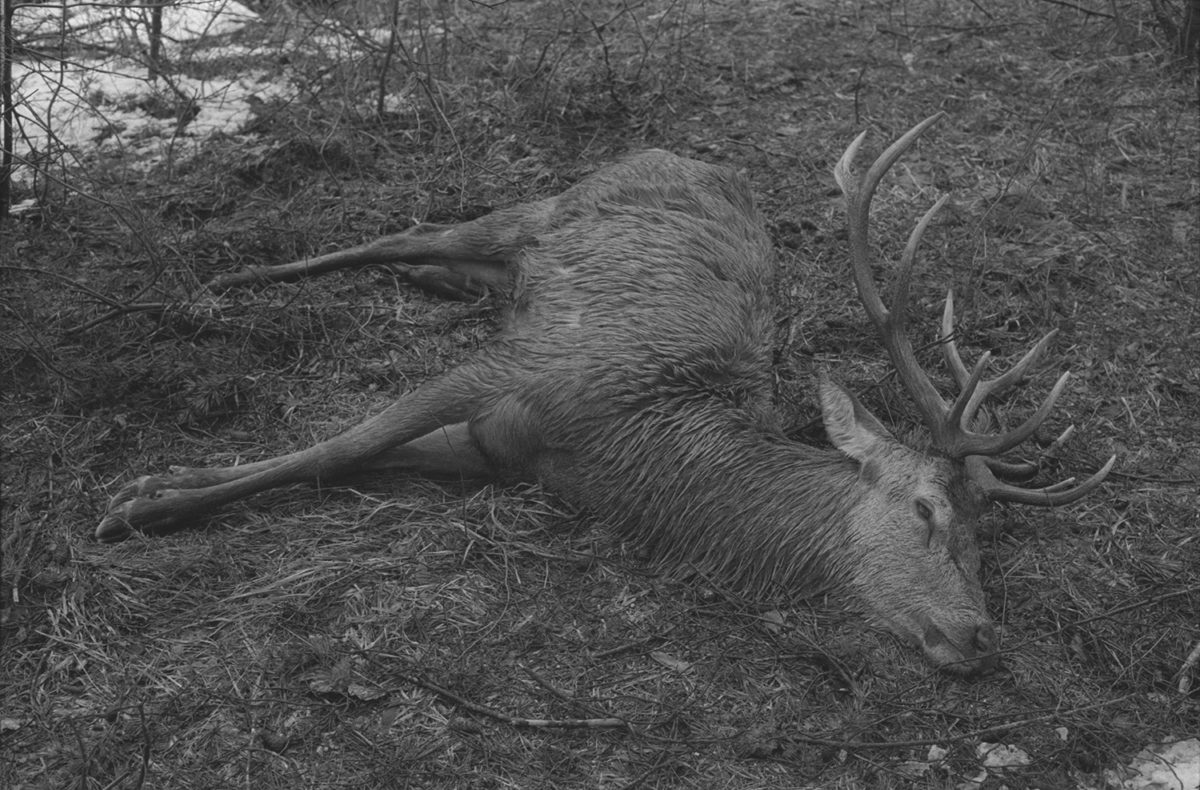
How can images engage with our senses?
Explore this idea further. Imagine you can step inside the image space.
What can you hear?
What can you smell?
What can you feel (physically)?
What do you feel (emotionally)?
IV. Personal Responses
Do you like, dislike, love or hate this work? Why?
What story do you think this photograph is telling?
Does the photograph make you think about anything in particular?
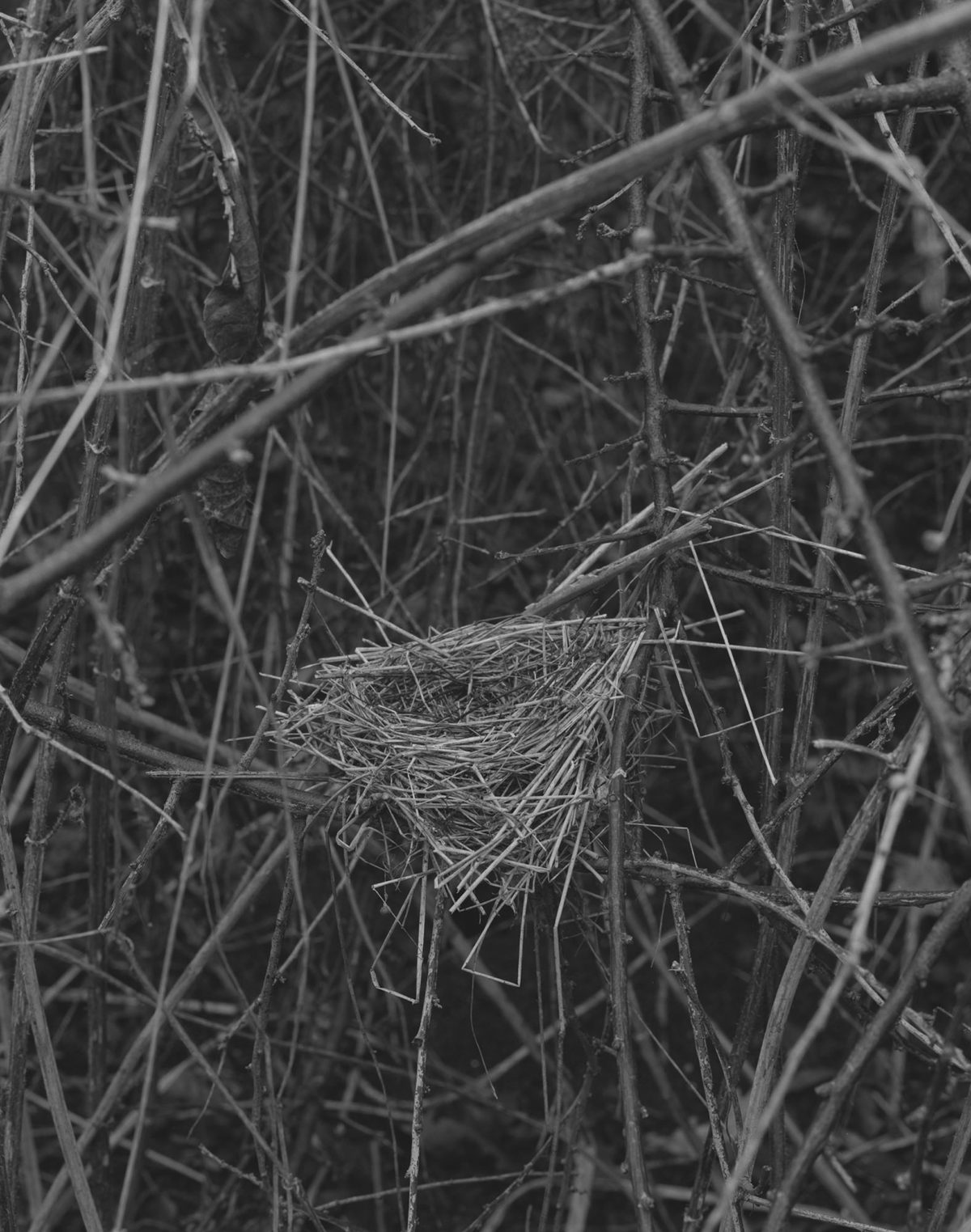
V. Say What You See
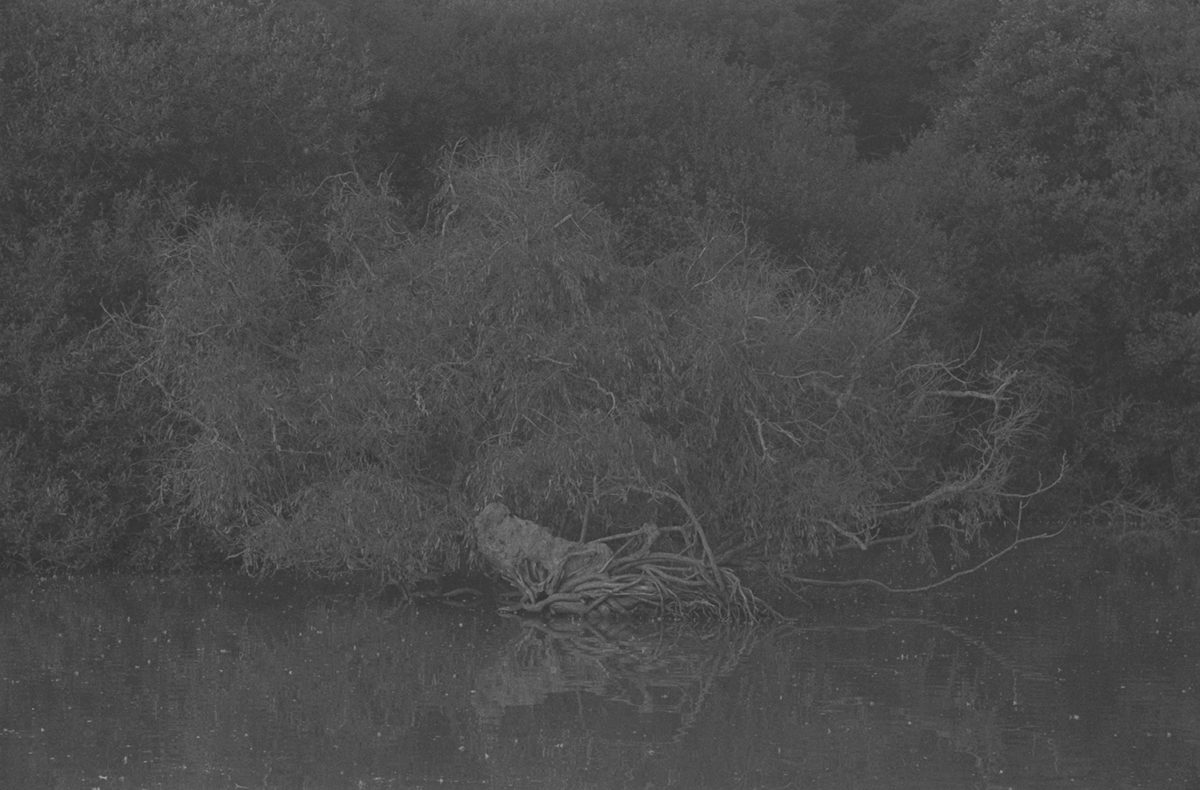
Describe a photograph in detail to your partner who’s not allowed to look, but has to quickly draw what you describe.
VI. Individual Interpretations
Students choose one photograph each, make a quick study (drawing) of the image in their sketchbook and then make notes about it (use the prompts in this resource).
Ask students to give feedback in pairs or to the group.
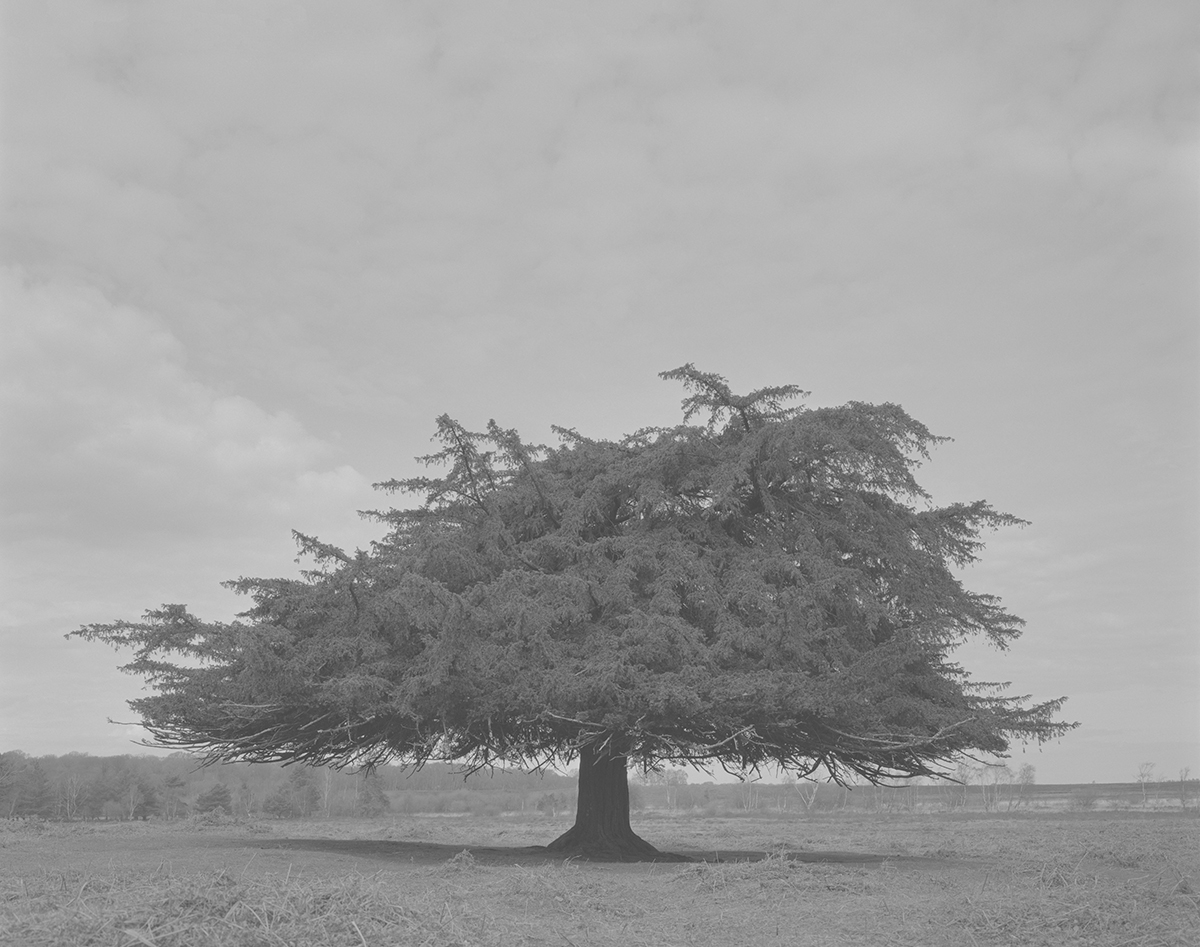
VII. Poetic Response
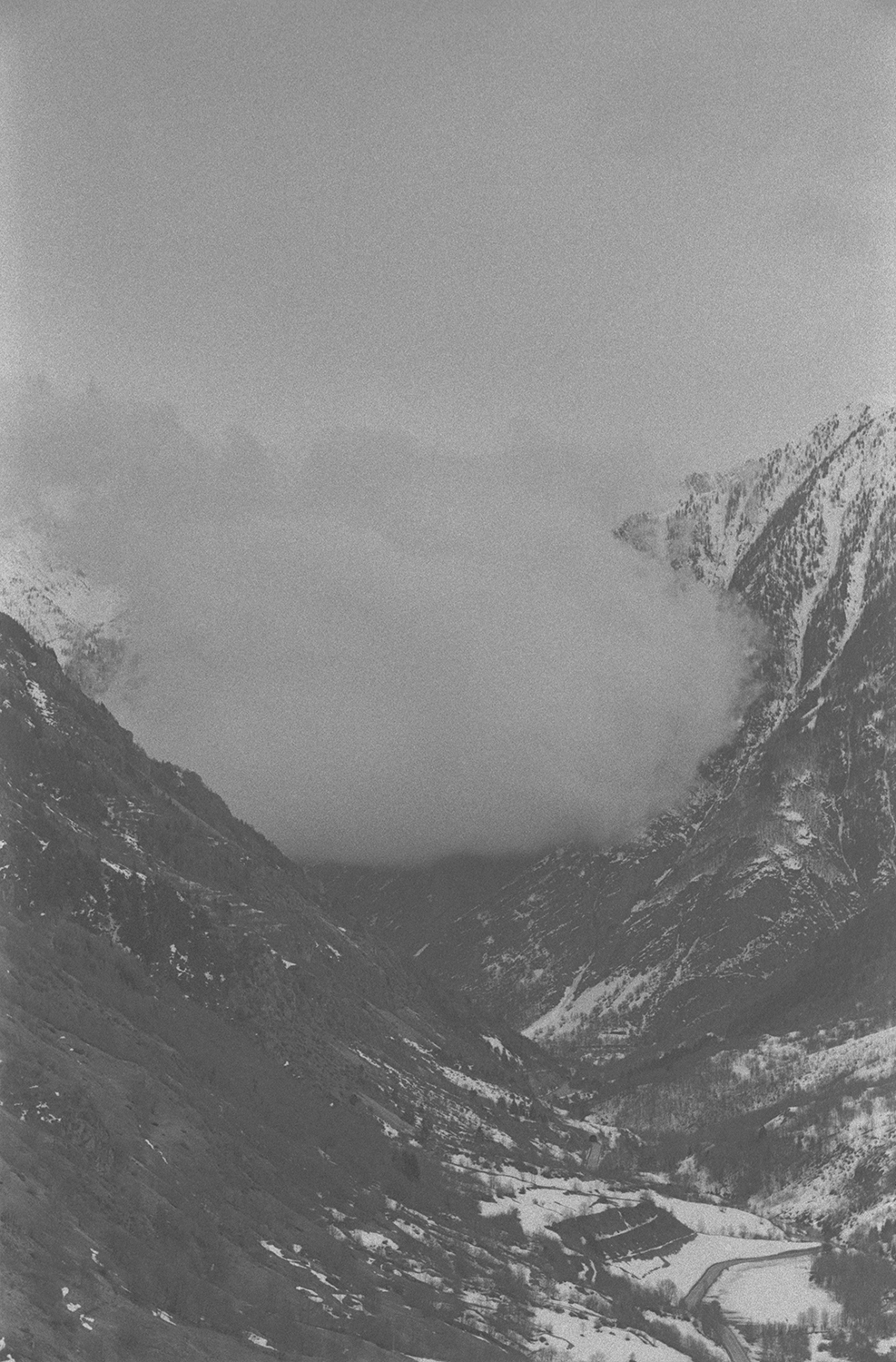
Ask students to choose their favourite photograph.
Students write the first three words that they think of when looking at the photograph, then write three descriptive words about the photograph.
Use these six words as the starting point for a short poem inspired by the photograph.
VIII. Go For A Photowalk
Even in urban environments there is evidence of animal and plant life everywhere.
Set your students the challenge of photographing evidence of animal/plant life cycles – think about habitat, reproduction, or food chains for example.
Go for a walk and photograph what you find. Set clear parameters such as geographical boundaries, distance, or viewpoints.
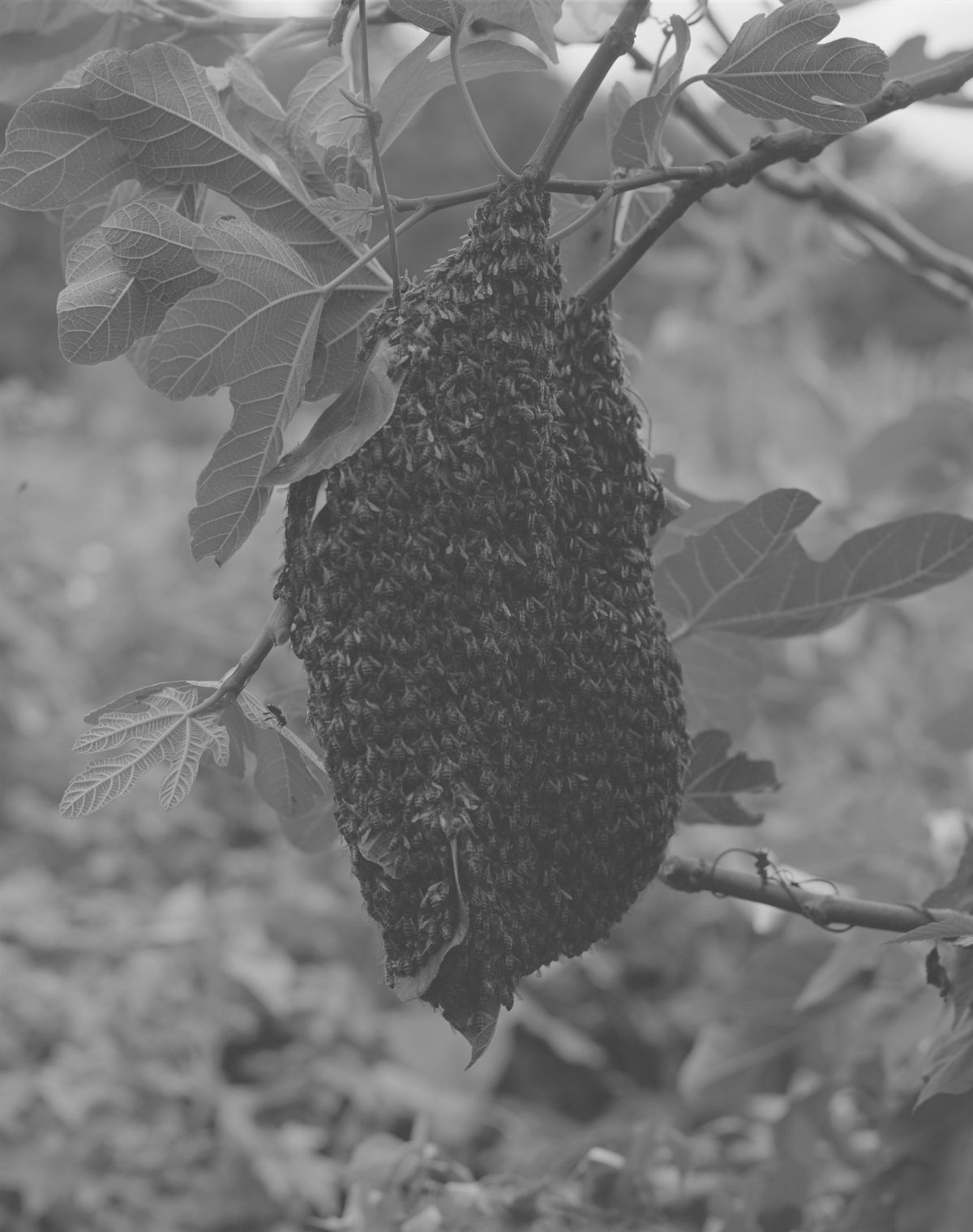

About the Contributor
Lindsey Smith is a Photographic Artist and Freelance Artist Facilitator. Over the last 25 years she has worked in collaboration with a range of organisations to design, deliver and evaluate learning and engagement initiatives.
She has extensive experience of devising and facilitating public workshops and creative projects. Employing a broad range of materials and processes within a photography and lens-based practice enables me to engage with a diverse range of audiences and participants.
